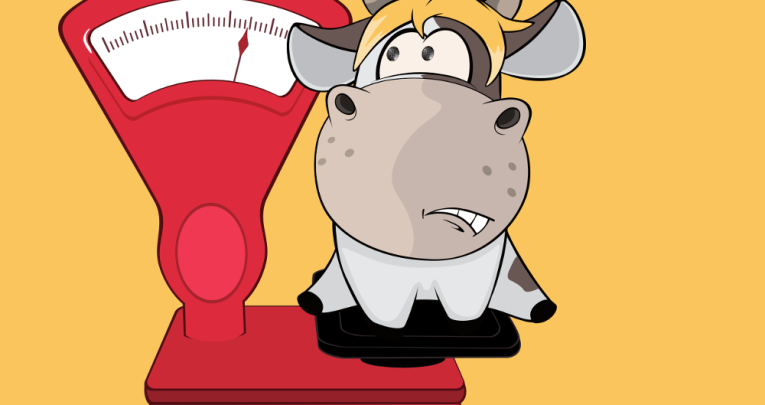Prime Meat And Cattle Kids – Are Our Pupils Being Herded Up To Be Sold At Market?

There’s something worryingly familiar about James Andrews’ agricultural report

Down on the farm the herd is shortly to go to market, but the beasts will need fattening up if they’re to fetch a good price for the Farm Manager.
Modern, intensive methods mean that these days the livestock are rarely put out onto common land to forage and increase in size naturally, as used to happen.
Instead, farm workers are now required to keep the stock in indoor pens during this period, where they can be fed a carefully selected diet whilst being closely monitored for imperfections and disease.
The livestock are expected to put on the maximum weight possible. Each animal is continually measured as both the Farm Manager and the Board of Farming are firmly of the opinion that the bigger the better.
Ideally each creature will leave the farm much heavier than it arrived; a large difference between the initial measurement and the final one ensuring an enormous source of pride for the management.
There are some farm workers and customers, however, who claim that some of the largest specimens produce the least flavoursome meat and that much of this bulk is simply down to a thick layer of useless fat, which has to be thrown away at a later date.
Value added
By now, the stock will already have been provisionally graded – the lower-grade stock having for some months been fed a basic yet adequate diet.
In contrast, the higher-grade animals are frequently given special supplements, which are often administered after the rest of the herd has been released towards the end of the day.
The food can be hard to swallow and very unpleasant to taste, yet the animals seem to understand that it is good for them and they do their best to digest it, or, as the farm workers say, ‘take it in.’
There is a peculiar practice that happens on many farms regarding the amount of attention given to individual animals, and this is worth explaining in some detail.
A great deal of fuss is made over the average specimens – the ones that are expected to achieve only a middling price at market – and the farm workers are under strict instructions to pay them extra attention.
The reason for this is that although there are eight possible prices (not including the lowest, which is reserved for Useless Animals), a beast that reaches one of the four top prices is worth, to the farm manager, a dozen or so of those that do not.
This is due to a steep falling away of the price halfway down the grading, and explains the elaborate soothing, petting and treats that are visited upon the average stock.
Final accounts
The Board of Farming insists that all animals of a certain age on the farm go under the hammer on market day. Some Farm Managers attempt to hide particular beasts – or remove them altogether if it is clear that they will fetch a poor price.
This is because when the Inspector of Farms comes to assess productivity he will only be concerned with two things: firstly, the number of animals achieving the top price when compared to the number that only achieves the lower price; and secondly, the average price achieved when every animal on the farm is considered. As market day draws closer it is not unusual for some of the most potentially valuable animals on the farm to collapse without warning; this is generally put down to ‘unknown stresses’. I have, with my own eyes, seen several best of breeds fail in this way. The carcass of such stock is often still presented at the sale where, because of its superior breeding, it will still get something for the farm. This year The Board of Farming is predicting another bumper yield as modern, intensive farming methods continue to raise the Average Price Achieved. But for the Farm Managers and the workers, this is always a particularly worrying and difficult time of the year.
James Andrews is the author of The Art of Teaching: Shortcuts For Outstanding Teachers.








